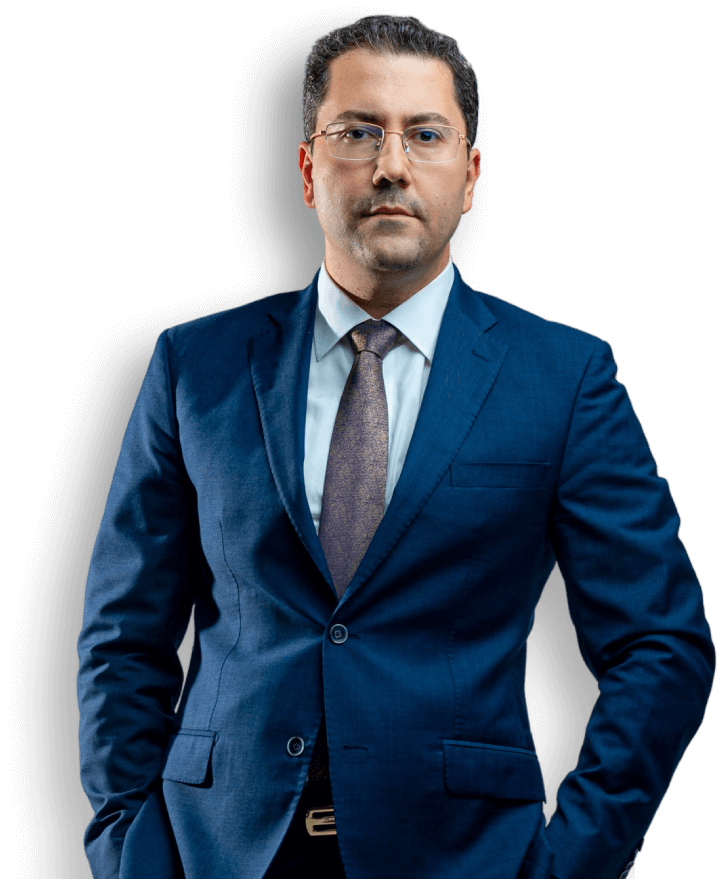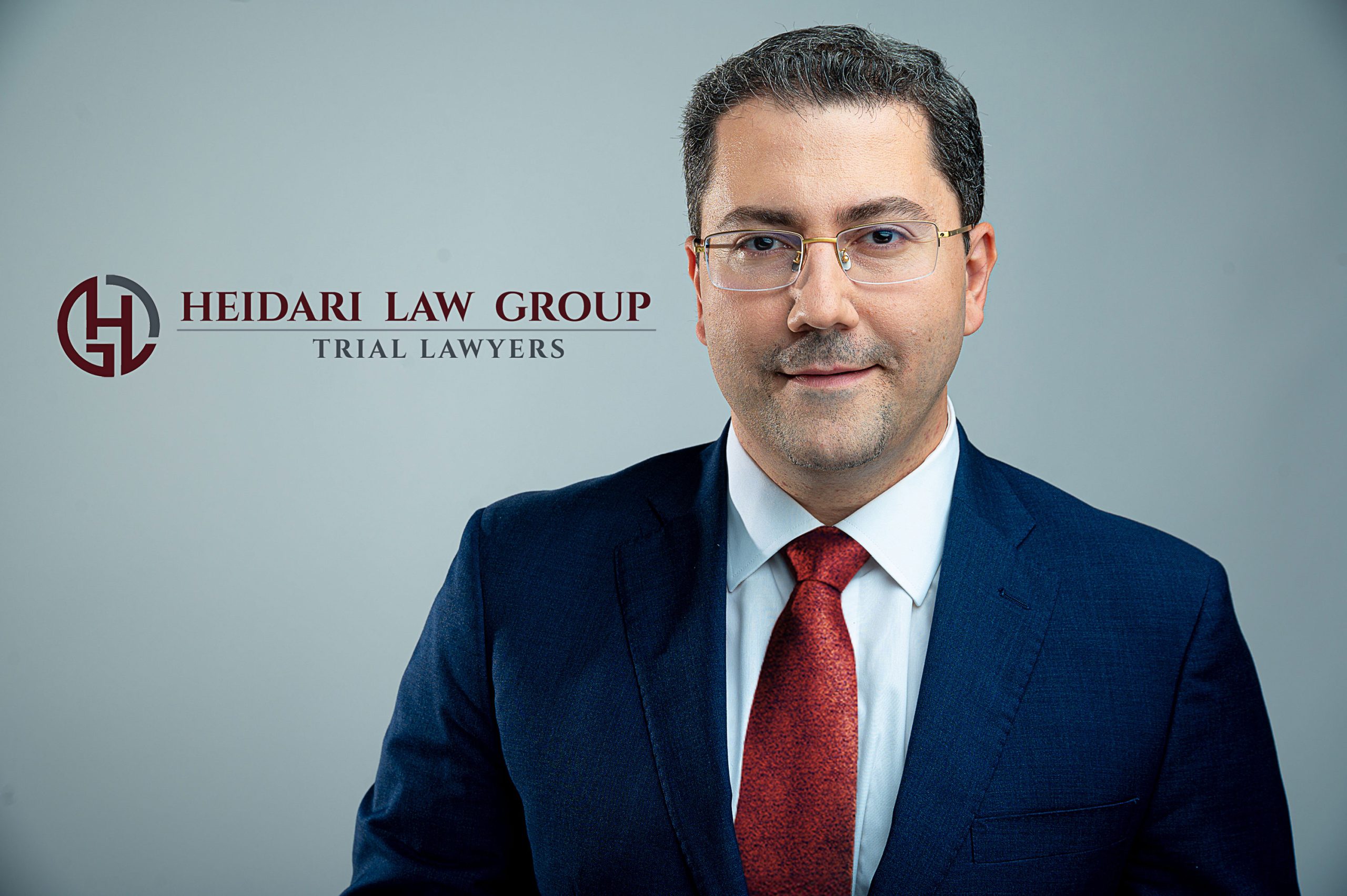Rear-end crashes in Anaheim happen often on I-5, SR-57, and busy surface streets. Even a slow hit can disrupt your day, so the goal is to keep things simple and protect your health and claim. Start with basic safety: move vehicles if possible, use hazards, and watch for cyclists or pedestrians. Call 911 if anyone is hurt or if traffic is blocked, and note the report number and location.
Gather essential information without overthinking it. Exchange names, contact details, license plates, driver’s license numbers, and insurance info. Stick to facts and avoid fault statements. Take clear photos of vehicle positions, damage, the intersection or lane, signals, debris, and weather. If anyone saw the crash, ask for their contact information. Nearby businesses might have cameras; note where they are.
Get checked by a medical professional, even if you feel fine. Some injuries show up later. Keep visit summaries, notes, and receipts. Track symptoms and missed work in a simple journal. Preserve evidence like damaged parts, repair estimates, and tow bills. Notify your insurer soon, but keep conversations brief and factual; date, time, location, and the other driver’s insurance are usually enough.
California requires an SR-1 form within 10 days if someone was hurt or damage reaches $1,000. Injury claims usually have a two-year window, and claims involving public entities can have shorter deadlines. If the crash involved a rideshare, delivery van, or government vehicle, the notice process may differ, so avoid signing broad releases before getting guidance.
Managing repairs and transportation works better when you stay organized. Get repair estimates, choose a shop you trust, and check your policy for rental coverage. If children were in the car, many manufacturers recommend replacing car seats after a crash; keep instructions and receipts. Keep medical bills and work-loss records together so nothing gets missed.
When questions come up about medical care, repairs, or next steps after a rear-end collision, Anaheim drivers experience, Heidari Law Group can review documents, outline options, and explain timelines in clear language. Reaching out early helps you avoid confusion and keeps the process steady.
Can you recover damages after being rear-ended in Anaheim
After a rear-end collision in California, recovery usually depends on who was at fault and what insurance applies. Location, how the crash happened, medical diagnoses, and policy limits all matter. Good records and organized steps make the claim easier to manage.
Economic losses are the starting point. These include:
- Medical bills (ER, urgent care, primary care, specialists, imaging, therapy, prescriptions)
- Future treatment your doctor recommends in writing
- Lost wages (shown by pay stubs, tax returns, or an employer letter)
- Reduced earning capacity when you can’t work the same hours or job
- Out-of-pocket costs such as rides, co-pays, braces, and childcare during visits
Non-economic losses cover how the injury affects your daily life: pain, inconvenience, sleep problems, and changes in routine or hobbies. A short journal about good and bad days, plus photos of bruises, swelling, or home medical gear, helps show this in a simple, factual way.
Property damage usually includes repair costs or the fair value of the car if it’s a total loss, plus towing, storage, and rental car expenses. Some third-party claims also pursue diminished value when a repaired vehicle is worth less than before the crash, depending on policy language.
More than one insurer can be involved. The at-fault driver’s liability coverage is common. Your own policy may include:
- Medical payments coverage (helps with early medical bills)
- Uninsured/underinsured motorist coverage (when the at-fault driver has no coverage or too little)
Health insurance may also pay for care, and then ask to be reimbursed from a settlement. These pieces need to be coordinated to avoid gaps or double payment.
California uses comparative fault, so recovery can be reduced by your share of responsibility. Even in a rear-end collision, Anaheim drivers experience, each case is fact-specific. Helpful evidence includes photos, repair estimates, medical records, and witness details. Deadlines apply: many injury claims have a two-year limit, and government claims can be much shorter. If you’re unsure how to value your claim or who to contact first, Heidari Law Group can review your records, explain options, and help pursue the types of damages the law allows for your situation.
When to call an Anaheim lawyer after a rear-end collision
Timing shapes everything after a rear-end collision. The first few days are when traffic camera clips may still exist, vehicles haven’t been repaired, and memories remain fresh. If you’re dealing with pain, appointments, or persistent calls from insurers, talking with a lawyer early helps you stay organized and avoid missteps that create delays later.
Medical symptoms are a clear reason to get guidance. Neck and back pain, headaches, dizziness, or numbness can appear hours or days after impact. If you feel unsure about which bills go to health insurance, medical payments coverage, or the other driver’s carrier, a short conversation can point you in the right direction. Parents often have additional questions when kids are in the vehicle, or a car seat may need replacement.
Liability questions also signal it’s time to call. Even in a rear-end collision that Anaheim drivers see often, responsibility can still be debated. Maybe the other driver claims you braked suddenly, a third car played a role, or a merge was involved. A lawyer can help secure evidence before it disappears, including:
- Nearby business footage
- Dash cam files
- Event data recorder information
Insurance issues are another frequent prompt. Adjusters may ask for recorded statements or broad medical releases early in the process. If that feels uncomfortable, getting advice before responding helps you avoid unclear statements. Early settlement offers can bring more confusion, especially when property damage is addressed before you finish medical care. Understanding how one payment may affect the rest of your claim matters.
When damage is significant or the car is a total loss, more questions appear: when to use collision coverage, how rental coverage works, or whether you can pursue diminished value. Good coordination comes from knowing which insurer handles what and keeping basic documents—estimates, photos, and shop updates—well organized.
If documentation is thin or a police report wasn’t taken, you can still build a clear record with medical notes, consistent treatment, and labeled photos. Deadlines still apply even when everyone sounds cooperative on the phone. Heidari Law Group can review your papers, explain timelines, and talk with insurers while you focus on medical care and repairs. A steady, informed approach in the first weeks sets the pace for the rest of the process.
How to file a claim after a rear-end crash in Anaheim
Filing a claim after a rear-end collision in Anaheim feels easier when you break it into a few simple steps. Open a claim with your insurer and, when appropriate, with the other driver’s carrier. Then, decide how to handle repairs. Some people start a third-party claim with the other driver’s insurer when responsibility looks clear. Others use their own collision coverage to speed things up, then request reimbursement for the deductible later. Your choice depends on timing, shop preference, and how quickly liability gets accepted.
Collect the official records you’ll need. If officers respond, request the traffic collision report once available. California generally requires a DMV Form SR-1 within 10 days when injuries occur or damage reaches $1,000. Keep the incident number, report number, and tow or storage paperwork together.
Build a simple evidence file. Include:
- Photos of vehicle damage and the area where the crash happened
- Repair estimates and shop invoices
- Pay stubs or an employer note for any missed work
- Car seat details and receipts if a replacement is recommended
Expect insurers to review responsibility even in a rear-end collision, which Anaheim drivers see regularly. They may look at the following distance, brake lights, lane changes, and traffic flow. Organized details, photos, medical records, timelines, and dash cam footage, if available reduce delays. When questions come up about total loss value, medical authorizations, or which insurer should pay first, Heidari Law Group can help organize your records and guide you through the sequence of a claim under California law.
Frequently Asked Questions
What deadlines should you know about?
- DMV SR-1: 10 days
- Injury claim: generally 2 years
- Claims involving public entities: often around 6 months
Missing a deadline can affect your case, so track them early.
Which insurer pays for what?
It depends on the situation:
- The at-fault driver’s liability coverage usually pays for injuries and property damage
- Your Med-Pay can help with early medical bills
- Your collision coverage can speed up repairs if liability is still being investigated
- Health insurance usually covers treatment first, and then seeks reimbursement
Should you accept a quick settlement?
Be cautious. Early settlements often come before:
- All injuries are diagnosed
- Treatment is complete
- Wage loss is fully known
Signing too early can close parts of your claim that you didn’t intend to resolve.
***Disclaimer: This webpage has been crafted by Heidari Law Group solely for educational purposes. The content of this article aims to offer a broad comprehension of the law and does not constitute specific legal advice. By accessing this site and perusing its contents, no attorney-client relationship is established between you and any member of Heidari Law. Additionally, it’s important to note that the legal landscape is subject to continuous change, rendering some of the information provided herein potentially outdated or no longer applicable.



